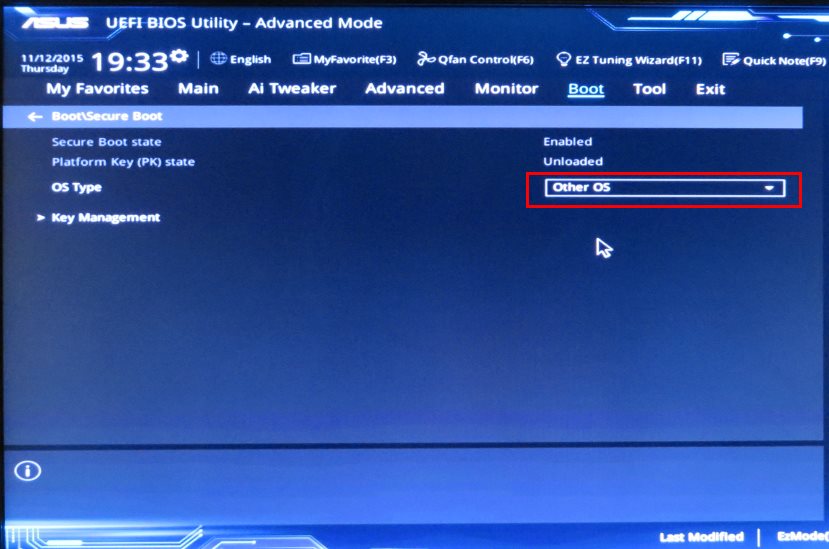

The BIOS setting is correct, the priority is the USB bootable drive. Here is the thing that my laptop isn't booting form the USB. I have a Seagate 1TB hard drive on my computer with Windows 7 on it, but I want to install Windows 10 on the through a Windows 10 bootable USB drive. "My laptop is not booting from a bootable USB drive, help. Check out the reasons and follow to make your Windows bootable USB work again: Error - Windows 10 Bootable USB Not Working However, some users complain that the bootable USB is not working and the don't know why. You can also use the bootable USB to repair some PC errors by setting PC to boot from the USB. With it, you can boot PC from the bootable USB and install Windows OS successfully regardless the computer is running or dead. Windows bootable USB drive, mainly contains Windows official ISO files, is mainly used as an OS installation media. I have a Bootable SSD USB3 250GB with Windows 10 to play with on my MBA, Mac Mini, and Windows Desktop.ĭoing it all on a MAC would also be doable but would require a working Windows Bootcamp and a lot of "option" key booting. Problems not knowing the hardware available to you, will include whether the drive will be MBR or GPT (GUID) partitioned and whether your motherboard supports UEFI.įor me, with a desktop running Windows 8.1, a Mac Mini running Yosemite, a SSD with USB3 enclosure, Carbon Copy on the MAC, Win 10 ISO on the Win desktop as well as free Wintousb, Apple's bootcamp driver folder, and free EaseUS partitioning program, it was easy and quick. Next plug the drive into a Windows machine, the exfat partition will show up, format it NTFS, download the Win10 Technical Preview ISO (noting the activation code), run Wintousb select the ISO, and simply select the same NFTS partition as system and boot. Then option boot to that drive and partition it using OSX Drive Utilities with an exfat partition. One way to do it on an external drive would be to simply use Carbon Copy Clone to clone your OSX to a larger drive. Otherwise the Windows OS will need reactivation any time you use it on a different computer.

Look at Wintousb vice Wintogo! Wintousb is really easy to use, particularly with Windows 10 since there is a universal OS activation key good until about next spring. It can be done but there are several ways to do what you want and it will be time consuming, error prone, and the steps will be different depending on what hardware you have, the programs you use to do partitioning, cloning, and OS ISO's. The windows partition will have to be NTFS.


 0 kommentar(er)
0 kommentar(er)
